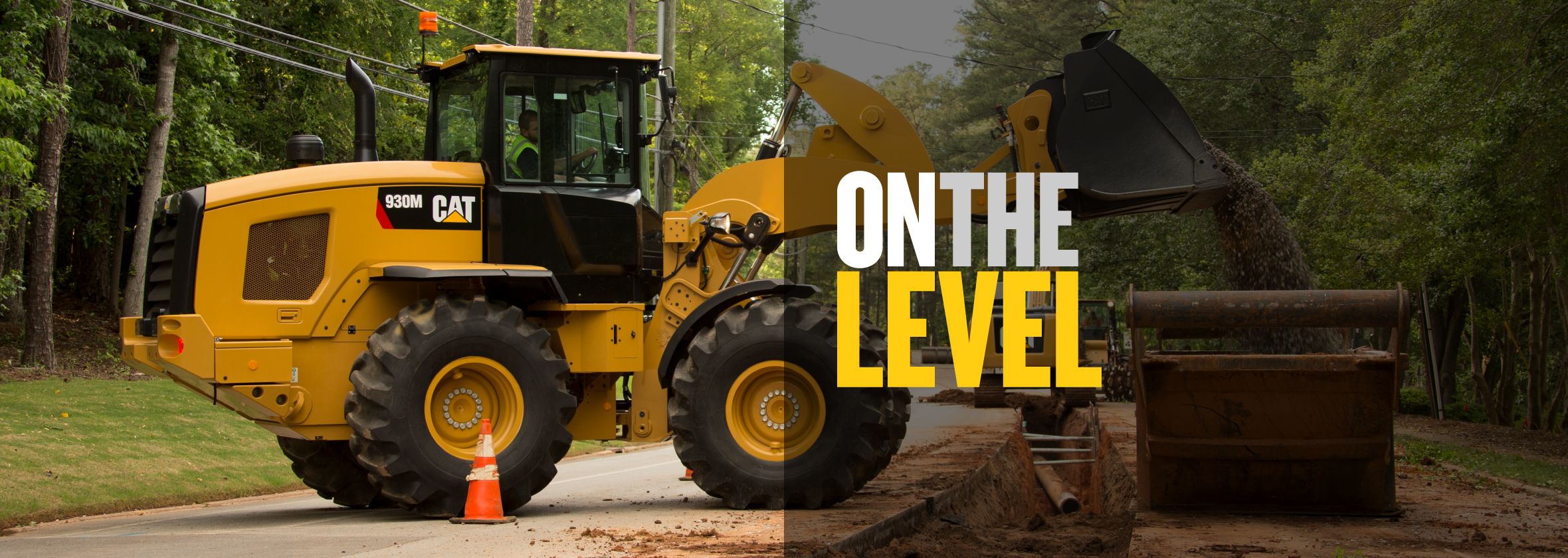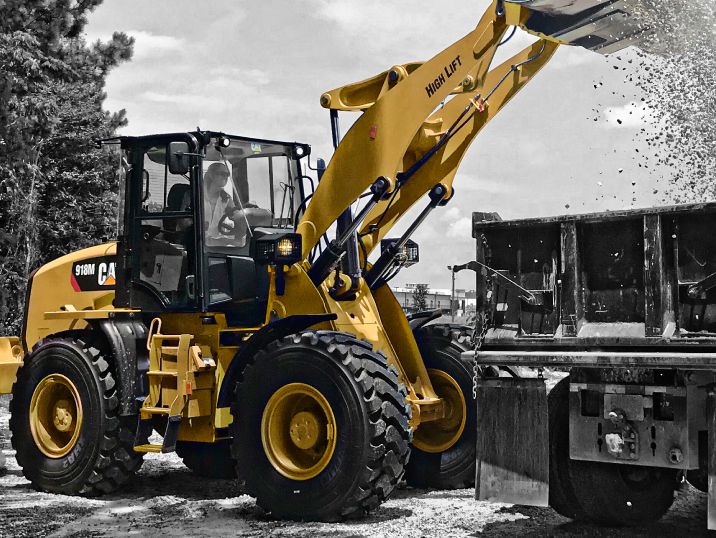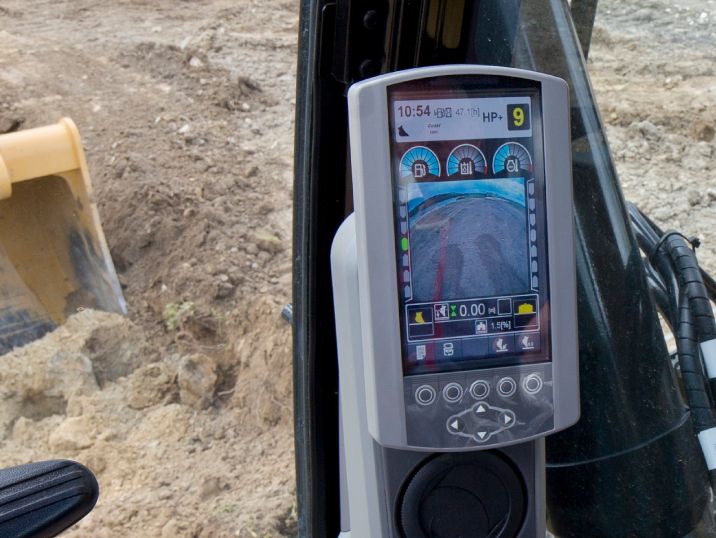

Sign In
Welcome! Sign In to personalize your Cat.com experience
If you already have an existing account with another Cat App, you can use the same account to sign in here
Register Now
One Account. All of Cat.
Your Caterpillar account is the single account you use to log in to select services and applications we offer. Shop for parts and machines online, manage your fleet, go mobile, and more.
Account Information
Site Settings
Security
Bid on Jobs More Accurately
Dani Watson | Construction Marketing Consultant
Whether it’s a period of low or spiked fuel prices, fuel consumption is always going to be a major small wheel loader owning and operating cost. That’s why we reached out to our small wheel loader product team to bring you the latest on technology for monitoring and managing your machine’s fuel efficiency. This will not only help you better understand and predict total operating costs, but also help you bid on jobs more accurately in order to maximize your profit.
The operating display systems in small wheel loader cabs serve as a vital tool for you, not only for machine diagnostics but also for tracking fuel consumption. Today’s advanced secondary display systems have multiple applications that provide specific fuel-related details, including:
- Lifetime fuel burn provides the overall average gallon-per-hour fuel burn of the machine.
- Time until empty calculates how much longer the machine can run before it needs to be refueled. The system calculates this time based on how the machine is operating (i.e., standard mode vs. performance mode or aggressive operation vs. idling).
- Current fuel provides real-time calculations of the amount of fuel being used per hour while the machine is operating.
- Resettable job clock allows the operator to track machine time and fuel usage per job. You can use it to get very specific information. For example, you can track the amount of fuel you use per hour, per job and then reset it when starting your next job.

Additionally, the latest machine integration technology allows your machine to track and report fuel consumption and system diagnostics. With this technology, you can check for patterns of excessive fuel usage by machine, date and time. If this is found, it presents an opportunity to implement training sessions or other initiatives to help the operator(s) perform tasks utilizing more fuel efficient settings or techniques.
Machine idle time also factors into overall fuel consumption and operating costs—idle time uses 0.7 gallons of fuel an hour. That may not sound like much. However, if you consider jobs that involve a substantial amount of idle time — such as highway construction where machines are often idling while waiting for trucks to return to be loaded back up with dirt and/or rock—the cost adds up quickly. This is why many of today’s advanced machines are engineered with an auto idle shutdown feature that allows you to set a period of time the machine will be allowed to idle. At the end of this period, it sends the operator a warning and then automatically shuts the engine down if the operator does not respond. This feature is especially helpful in regions where there are regulatory idle time restrictions mandated by the government.
While the latest machine technology allows you to closely monitor and manage fuel use, operator behavior still plays a major role in overall fuel consumption. Operator training should always be a priority so you and/or your operators stay on top of the latest advancements and methods to operate the machines in the most efficient way possible.

DANI WATSON
Construction Marketing Consultant
Certified in 6 Sigma Black Belt and Change Management, Dani Watson not only helps manage projects efficiently within Caterpillar, but is an expert communications strategist for Caterpillar’s marketing communications needs.
RELATED ARTICLES
You’re here to get ideas to grow your business. Read on for machine insights and expert tips and tricks to get more out of every job.
-
Cab Technology Helps Boost Productivity
New cab technology in your Cat machine is designed to help you be more productive, work more efficiently and be less fatigued.
Learn More -
New Construction Technology To Help Your Business
Learn how construction trends like new technology can help grow your business.
Learn More -
How to Use Drones on Construction Job Sites
You can use drones in construction for a wide variety of things, and with the right planning and drone program can give your business detailed, accurate, and real-time information on your site’s progress. This is information you can put to use to improve the quality, accuracy, and efficiency on the job.
Learn More -
Machine Telematics
Harness the data of your machines through telematics subscriptions. Find maintenance problems early, increase productivity and save money by following our telematics guide.
Learn More






